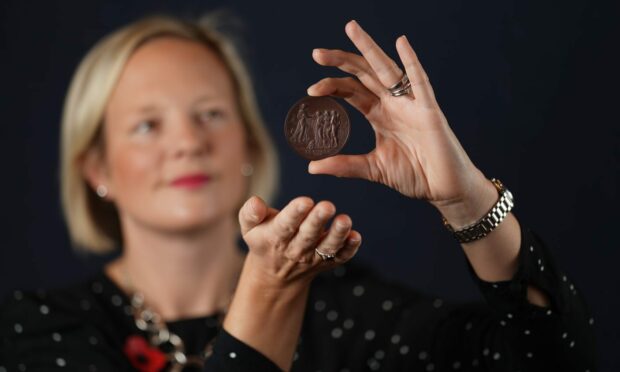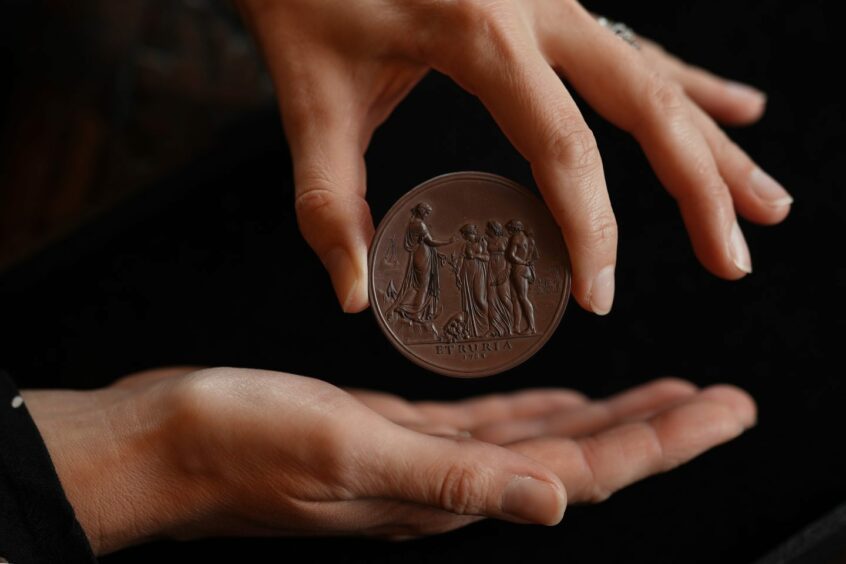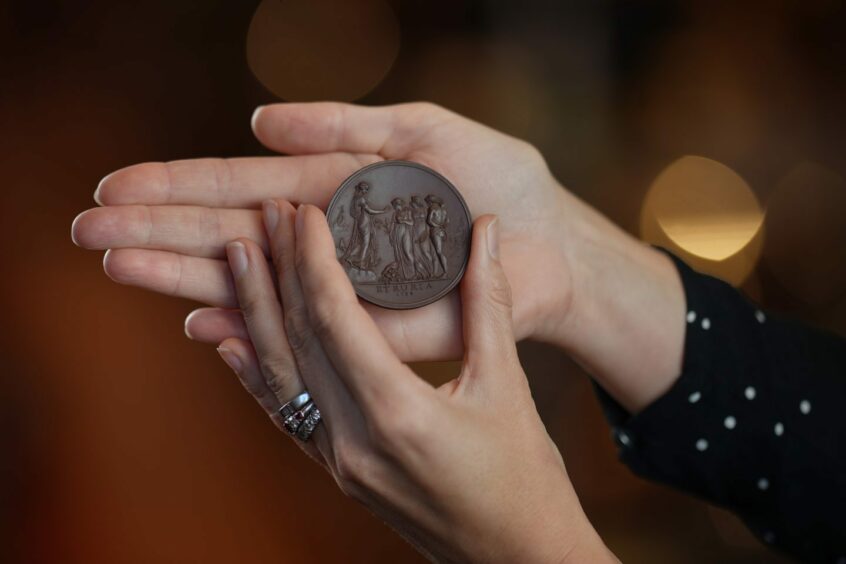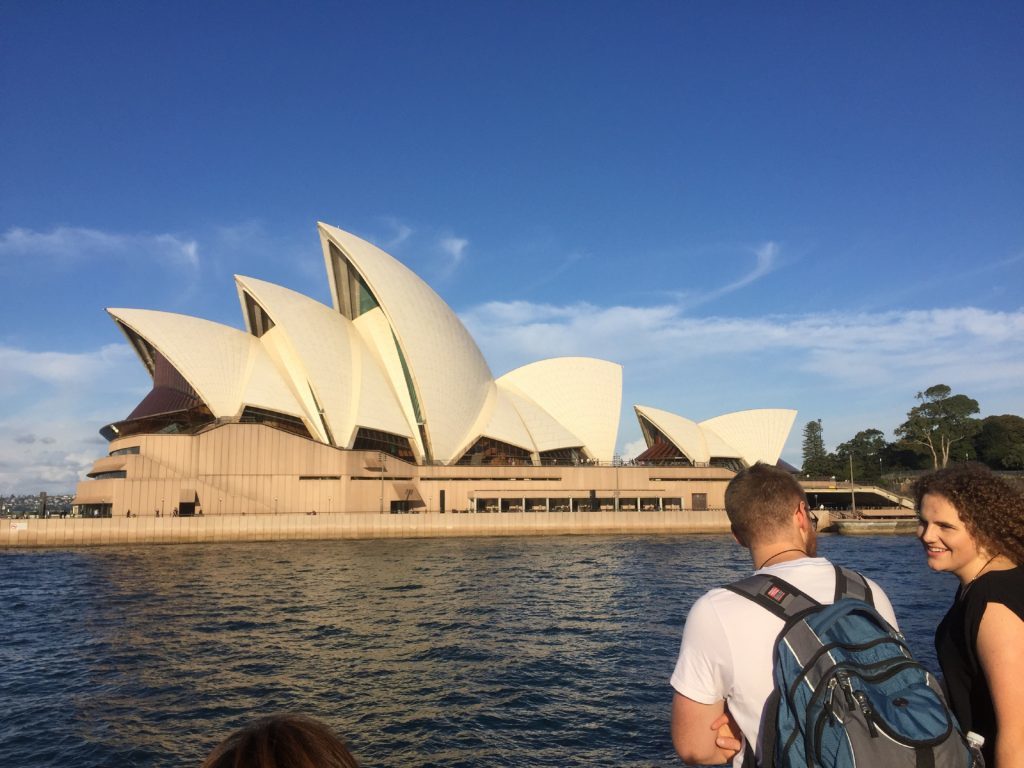A rare 18th-century ceramic medallion produced to commemorate the founding of modern Australia has sold at auction for £45,200.
The Sydney Cove Medallion, valued between £30,000 and £50,000, was sold live and online by Edinburgh auctioneers, Lyon & Turnbull.
Slightly smaller than a digestive biscuit, it was made in 1789 from clay which was dug up at Sydney Cove, now Sydney Harbour.
The clay was sent back to Britain in a box to Sir Joseph Banks at the Royal Society.
The famous explorer and naturalist had travelled on Captain Cook’s first voyage to New South Wales on board Endeavour in 1770.
Banks then sent a sample of the clay to revolutionary British potter and industrialist, Josiah Wedgwood for experimentation.
Considerable interest
The medallion was sold on Wednesday November 16 as part of Lyon & Turnbull’s two-day long Five Centuries sale.
As expected, there was considerable interest from across the UK, Australia and USA, with the medallion eventually selling online to an international bidder.
Katherine Wright, Lyon & Turnbull’s senior specialist in ceramics, told The Courier: “Like the vendor, I was impressed by the skill and artistry in this small piece of clay, and couldn’t help but think that holding it was like having the history of Australia in my hand.
“It was a real pleasure to have the opportunity to present this rare work of art to the world.”
Historic voyage
The artefact is a direct link to the voyage of what became known as The First Fleet under Captain Arthur Phillip.
The fleet consisted of 11 ships and carried more than 850 convicts.
It dropped anchor at Sydney Cove on January 26 1788, where a penal colony was to be established.
This marked the beginning of the European settlement in Australia.
The Sydney Cove Medallion depicts a classically inspired scene in which the figure of Hope, dressed in Grecian robes, extends her right hand towards the figures of Art and Labour, under the influence of Peace.
Hope encourages them to work for the prosperity of the new young settlement.
Wedgwood was proud of creating this medallion and he impressed on the reverse a bespoke maker’s mark.
Henry Webber designed the medallion for Wedgwood, while his principle modeller, William Hackwood, finished the moulds.
It is believed that around two dozen medallions were produced.
The whereabouts of 12 medallions is currently known.
In addition to the medallion being offered at Lyon and Turnbull, three are held in UK museums while eight are in Australian museums and institutions.














Conversation